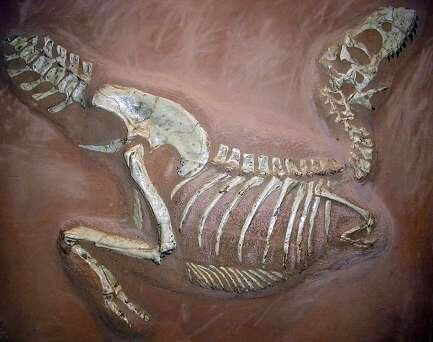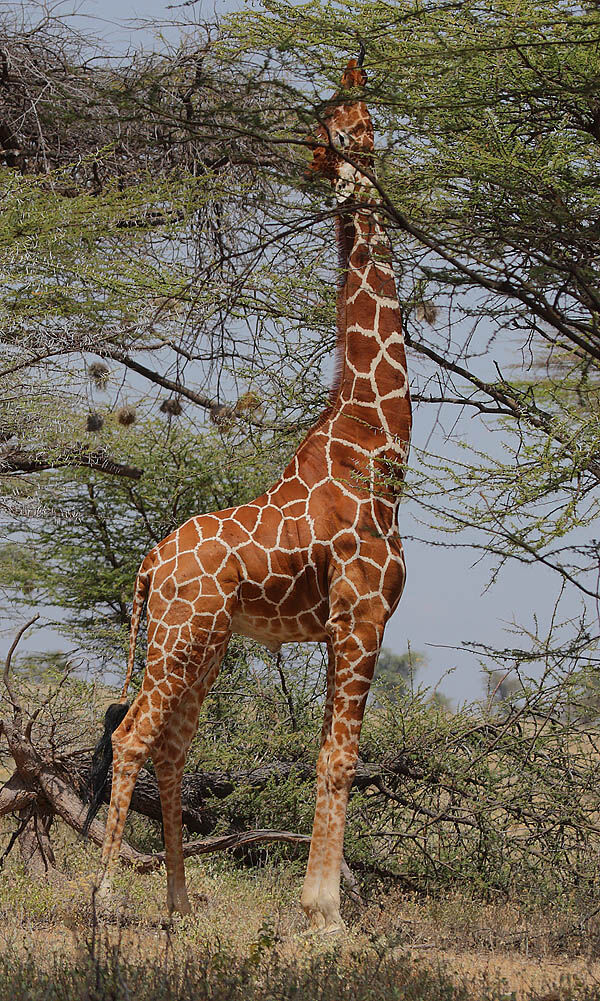Evolution refers to the transformations that occur in animals, plants and other living organisms over generations.
The first life forms appeared about 3.8 billion years ago. Of course, the species that were alive at the very beginning are now mostly extinct. Interest in living species has led humans to paint an evolutionary picture of life on Earth, a picture sometimes marked by evolution bursts, but also by mass extinctions. Evolution is the driving force behind the great diversity of living species on Earth.

Some evidence of evolution ...
-
The existence and study of fossils (called paleontology)
-
The comparison of the anatomy of discovered species (comparative anatomy)
-
The comparison of the embryonic stages of living organisms (comparative embryology)
-
The discovery and comparison of DNA, which is present in the genetic material of all living organisms (comparative biochemistry)
Studying the evolutionary history of large groups of animals has led to the development of a new science, called phylogeny. Phylogeny is the study of ancestral character traits that have remained unchanged for a long time. It makes it easier to reconstruct the evolutionary history of living organisms.
Evolution helps a species survive changes in its environment. When the changes in the environment occur too quickly and the species living in the environment do not have time to evolve for survival, a mass extinction occurs.
When changes are gradual, the individuals able to best adapt to them will survive. Here are the stages of evolution of a species triggered by a change.
-
Individuals of the same species reproduce.
-
Differences between individuals of the same species may appear from reproduction.
-
Natural selection takes place, favouring individuals who are best adapted to the changes in the environment.
-
Steps 1 to 3 are repeated over the generations. The number of individuals with character traits adapted to the new environment increases.
-
The population with the new character traits becomes the new species.
Giraffes are often used to illustrate the evolution of a species.
Long ago, the ancestor of the giraffe did not have a long neck or long legs. This ancestor likely fed on grass on the ground. When grass became scarce, a struggle for survival began. Some ancestral individuals, those who could, began to eat tree leaves instead of grass. The ancestors who had longer legs or longer necks had an advantage over other individuals of the species. Since those with the advantage ate better, they were in better shape and could reproduce more efficiently. Parents with long necks and long legs passed on these hereditary traits to their offspring. Over the generations, giraffes with smaller legs and necks died off, and a new species emerged: the giraffe we know today.
